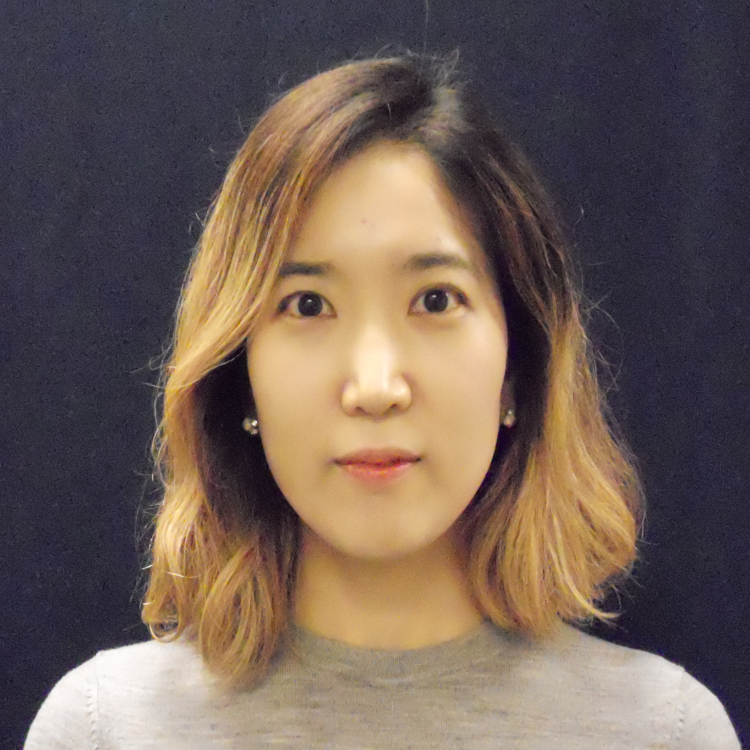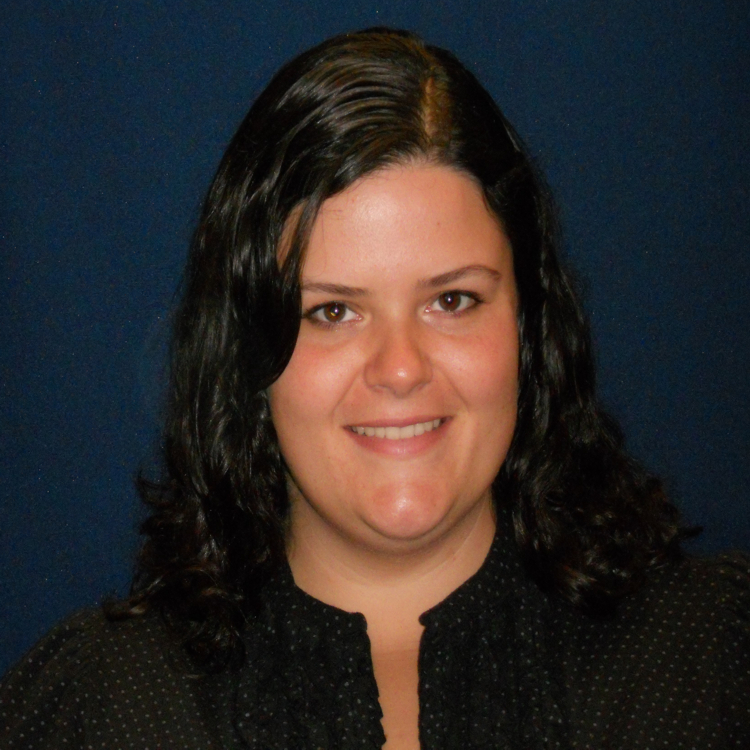HeeSun Choi, PhD, and Christina Socias-Morales, DrPh: Creating Safer Workplaces
Posted on byDuring Women’s History Month, NIOSH will highlight several female researchers and their contributions to NIOSH and America’s workers.
HeeSun Choi, PhD
 HeeSun Choi, PhD, is a psychologist working in the Protective Technology Branch in the NIOSH Division of Safety Research. Dr. Choi started with the Institute in 2016.
HeeSun Choi, PhD, is a psychologist working in the Protective Technology Branch in the NIOSH Division of Safety Research. Dr. Choi started with the Institute in 2016.
Dr. Choi’s research is helping to make workers’ jobs safer. She has been involved in NIOSH’s recent efforts to address occupational robot safety issues and establish the Center for Occupational Robotics Research. As part of her work with the Center she co-authored a NIOSH Science Blog on occupational safety robotics applications in the workplace. She also gave a presentation on occupational robot trends and implications for worker safety at the TriState Occupational Medicine Conference in 2017.
She is also developing a new research project that aims to improve safety of human-robot interaction. This project will examine various robot features and interfaces that contribute to the safety of humans who work closely with robots as well as investigate human behavior while working with collaborative and mobile robots.
In addition to her work related to robot safety, Dr. Choi is involved in two research projects addressing motor vehicle safety issues. Motor vehicle crashes are the leading cause of work-related deaths in the U.S. One project aims to develop and evaluate the effectiveness of an Advanced Driver Assistance System (ADAS) for improving fire truck drivers’ safety performance. The second project aims to develop guidelines and a driving assistance system to enhance occupational drivers’ (e.g., law enforcement officers and firefighters) decision-making and safety at intersections.
Dr. Choi earned her Bachelor of Arts degree in Psychology from Yonsei University in South Korea and her Master’s and Doctorate in Human Factors and Applied Psychology from North Carolina State University.
Christina Socias-Morales, DrPH
 Christina Socias-Morales, DrPH, is an epidemiologist in the Analysis and Field Evaluations Branch in the NIOSH Division of Safety Research. She joined NIOSH in 2013 as an officer in CDC’s Epidemic Intelligence Service (EIS) Program.
Christina Socias-Morales, DrPH, is an epidemiologist in the Analysis and Field Evaluations Branch in the NIOSH Division of Safety Research. She joined NIOSH in 2013 as an officer in CDC’s Epidemic Intelligence Service (EIS) Program.
Dr. Socias-Morales’s research focuses on describing and preventing work-related fall injuries. She is currently collaborating with the US Air Force (USAF) to evaluate the impact of their fall prevention program. The project involves documenting current USAF safety policies and procedures, and comparing rates of fall injuries before, during, and after USAF’s implementation of its fall prevention program. USAF has been a key participant in the OSHA/NIOSH annual Stand-down to prevent falls in Construction. Documenting their best practices to prevent falls will be helpful to improve fall prevention efforts in other high-risk industries.
Dr. Socias-Morales recently published a study of 12 years of fatal falls among U.S. workers, and her other fall-related research involves preventing falls from ladders which make up 43% of fatal falls in the last decade. Watch this related video for details. Beyond her fall prevention research, Dr. Socias-Morales was able to apply her skills to support the CDC Ebola response in Sierra Leone in 2014. Her responsibilities included managing epidemiologic data and identifying where to focus case investigation efforts. Learn more about her work related to the Ebola response.
Dr. Socias-Morales earned her Bachelor of Arts from the University of Chicago and her Doctorate and Masters of Public Health from the University of Texas Health Science Center at Houston. During her doctorate, she was a NIOSH Occupational Epidemiology Trainee at the Southwest Center for Occupational and Environmental Health, which is a NIOSH Education and Research Center.
Drs. Choi and Socias-Morales are highly valued NIOSH researchers who continue to advance our science to keep workers safe on the job.
We want to hear from you!
Please share examples of the many meaningful contributions that women are making in your organization.
Sydney Webb, PhD, is a Health Communications Specialist in the NIOSH Division of Safety Research.
2 comments on “HeeSun Choi, PhD, and Christina Socias-Morales, DrPh: Creating Safer Workplaces”
Comments listed below are posted by individuals not associated with CDC, unless otherwise stated. These comments do not represent the official views of CDC, and CDC does not guarantee that any information posted by individuals on this site is correct, and disclaims any liability for any loss or damage resulting from reliance on any such information. Read more about our comment policy ».
To Dr. Chol, I have been involved in industrial Hygeine for 20 or more years conducting and investigating indoor air quality complains which we have found to slow down worker efficiency and increase use of sick leave from work. Befor you dismiss Mt comments as not related to your fields of study, the #1 problems in thes workplaces is lack of dread air entering the building which doubles or triples the levels of carbon dioxide in the buildings.
The EPA action level for co2 in indoor air is twice the level of the outside air or 1000PPM.
Where this corolates to highway safety is that we ran test on co2 levels inside of automobiles with the fresh air damper closed and within minutes of being on the road the co2 levels were well over the action limit of 1000ppm which causes sleepiness, inattention, headaches, and everyone in the car falling asleep.
A vehicle traveling 45 miles with 4 occupants in the summertime when drivers are twice as likely to close the fresh air damper to lower the temperate inside the vehicle, and added comfort for the occupants.
We reached levels during that 45 minute drive of over 4000ppm which caused the driver and occupants to begin to doze off. High levels of c02 in itself are not considered hazardous at that level but cause the same reaction as it did in occupied office buildings. Workers falling asleep at there desk.
If a driver is going on a 200 mile drive with the fresh air damper closed to obtain a lower temp inside the vehicle and he/she has nothing to stimulate them to stay awake, these conditions might be responsible for drivers with cruse control on to run off the road and strike a fixed object.
To correct the problems with high co2 levels we installed co2 sensors that opened the fresh air damper and forced more fresh air into the HVAC return, and lowering the co2 levels in the building air. The technology is advanced enough now that the sensors are small enough to be installed behind the cabin air filter.
This cold eliminate a number of fatalities associated with drivers falling asleep
I’m not aware of this as a workplace hazard but would welcome you or other readers to share any peer reviewed studies on the issue.